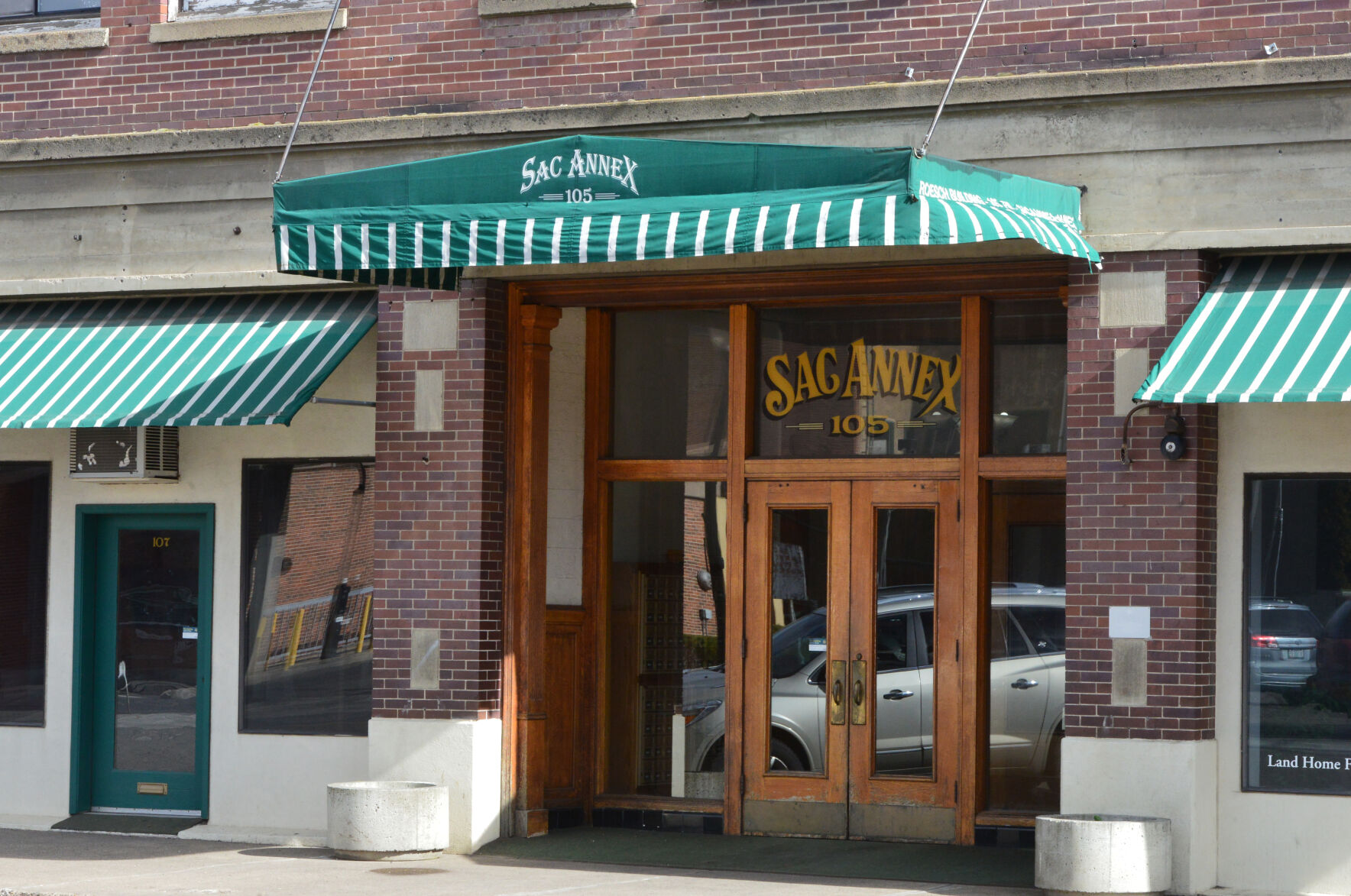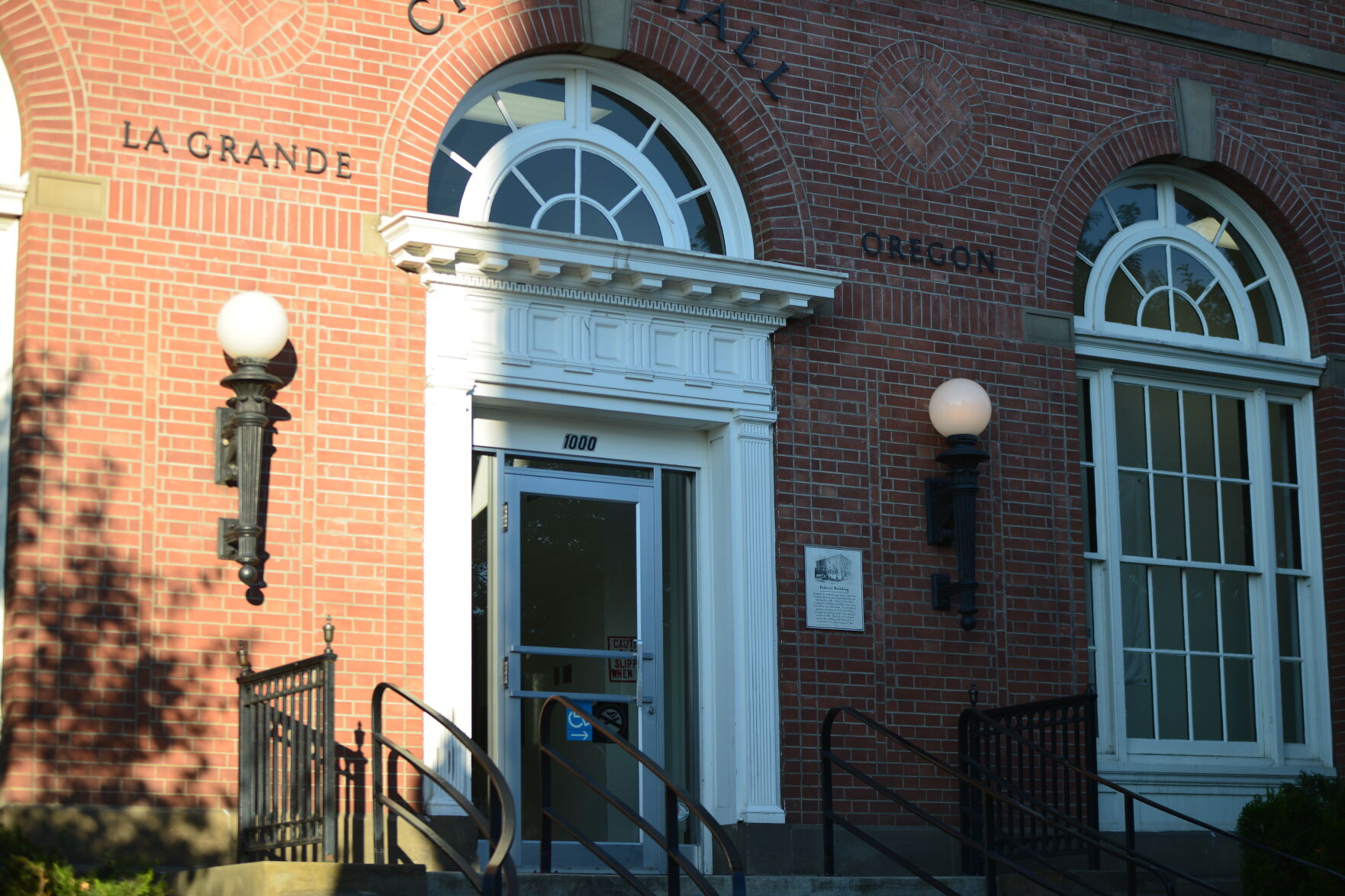New tipis set up at Joseph interpretive site
Published 3:29 pm Thursday, May 31, 2012

- Two new tipis adorn the Nez Perce Homeland Projects Joseph Interpretive Exhibit Site. KATY NESBITT / The Observer
“The best way to be in a tipi is to lie down on your back in the middle and look through the top,” said tipi artist Kevin Peters.
Light penetrates through the off-white canvas and the magpies and mountains painted on its exterior can be seen even from the inside.
“I like magpies, they flock together like tribes,” said Peters, “and I like their iridescent tails with all of the colors in it.”
Painting tipis is one of Peters’ many artistic talents. He attended the Institute of North American Arts in Santa Fe, N.M. He paints tipis, hides, does beadwork, is a photographer and plays the Native American flute.
Peters is Nez Perce and has worked as the curator at the Nez Perce National Historic Park in Spalding, Idaho. He has immersed himself in his tribe’s artistic traditions.
He is also Connie Evans’ uncle, who makes tipis with husband Steve and travels the Northwest giving demonstrations.
Memorial Day afternoon, the Evanses and Peters put up two tipis, with some help of onlookers, at the Joseph Interpretive Exhibit Site of the Nez Perce Homeland Project.
A 20-foot and 16-foot tipi were erected to replace the previous ones that have been there for 12 years.
Peters said he researched traditional Nez Perce tipis for his artwork. Most were plain, but some had beaded applique. He painted stylized mountains and magpies on the two now on display in Joseph.
The Joseph interpretive site is on donated ground in downtown Joseph and is open from Memorial through October. The Lamb foundation granted the money for the new tipis and a swing set that Rob Lamb said will attract kids.
“We’d like to get more families in to use the tipis and go into exhibit,” said Lamb.
The remainder of the grant money is paying for a rock salmon cooking station at the Tamkaliks powwow grounds in Wallowa. This week, up in Wallowa, the ground was leveled for its construction.
The Joseph exhibit site is a renovated shed, said Lamb, and is open during the days for self-guided tours. As you enter on the left the tour begins with pre-contact history, then sepia tone photographs. Following around to the right are artifacts including arrowheads, information on the Nez Perce fisheries program, modern, color photos of Nez Perce and information of where they are today. The tour wraps up with the Homeland Project and descriptions of future plans, including a longhouse to join a brand-new kitchen completed last year at Tamkaliks.
The brightly painted tipis are a sure draw to bring in visitors to explore on a summer’s day or to study Nez Perce history inside exhibit center.
Steve Evans said he and Connie began making tipis because they wanted to have some that were like the ones with which they grew up; he in Umatilla County and she in Lapwai, Idaho. He said most are commercially made and based on other tribes’ designs, but he and Connie wanted to make authentic Nez Perce tipis.
Evans has long been interested in Nez Perce history. His doctoral dissertation at Washington State University was on tribal history and it was later published in book form as “Voice of the Old Wolf: Lucullus Virgil McWhorter and the Nez Perce Indians.”
He is now a retired history professor from Lewis Clark State College in Lewiston, Idaho.
Giving lectures at Eastern Oregon University, Evans met Lamb of Joseph. Lamb and his wife, Ary, maintain the Joseph exhibit. Mike Rosenblum of La Grande also helps with the upkeep of the center and brings newspapers from the Colville, Lapwai and Umatilla reservations for visitors to read.
“People visit the exhibit site all summer long – more people than you’d realize,” said Lamb.
The exhibit was also well-received by the Joseph community. Lamb said they had good community buy-in when the site was proposed and it is never vandalized.
Lamb said, “That is the respect people are showing for the Nez Perce history.”





